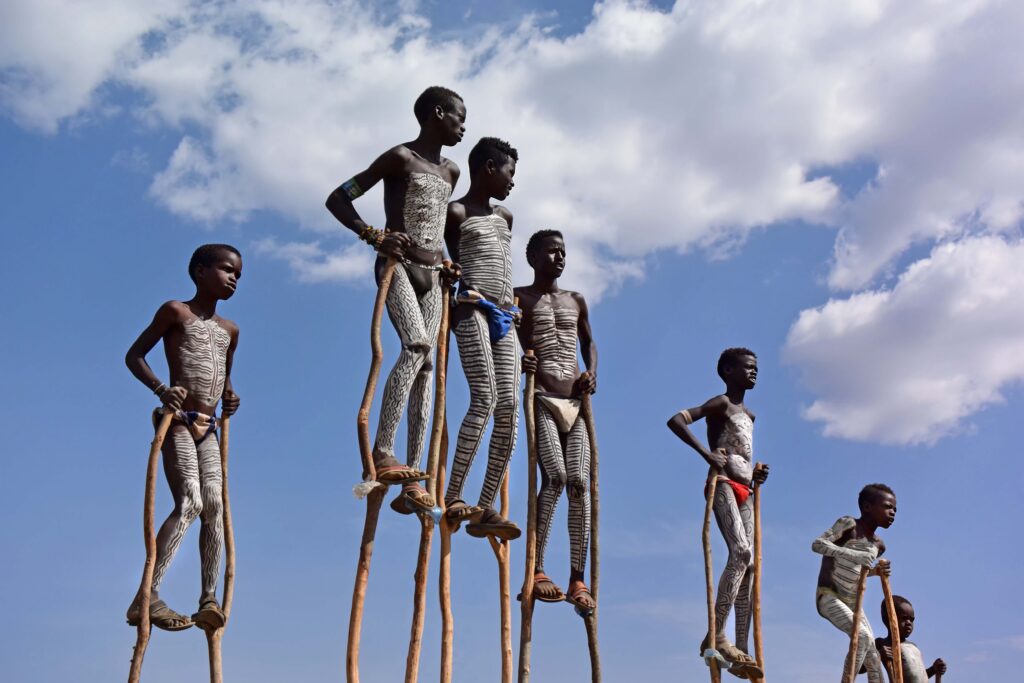- Queen Elizabeth street, Kebena
- contact@atronsethiopiatours.com
Tribes of Omo
- Home
- Tribes of Omo
Hamar Tribe
The Hamar people live in the Hamer woreda of the South Omo Zone. They are best known for their elaborate body adornment and traditional rituals, especially the bull-jumping ceremony, which is a rite of passage for young men. The women are often seen wearing goat-skin skirts adorned with cowries and beads, and they style their hair with a mixture of ochre and butter. Their strong sense of identity and beautifully preserved customs make them one of the most iconic tribes in Ethiopia. Visitors are often captivated by their warm hospitality and the rhythmic dances performed during ceremonies.
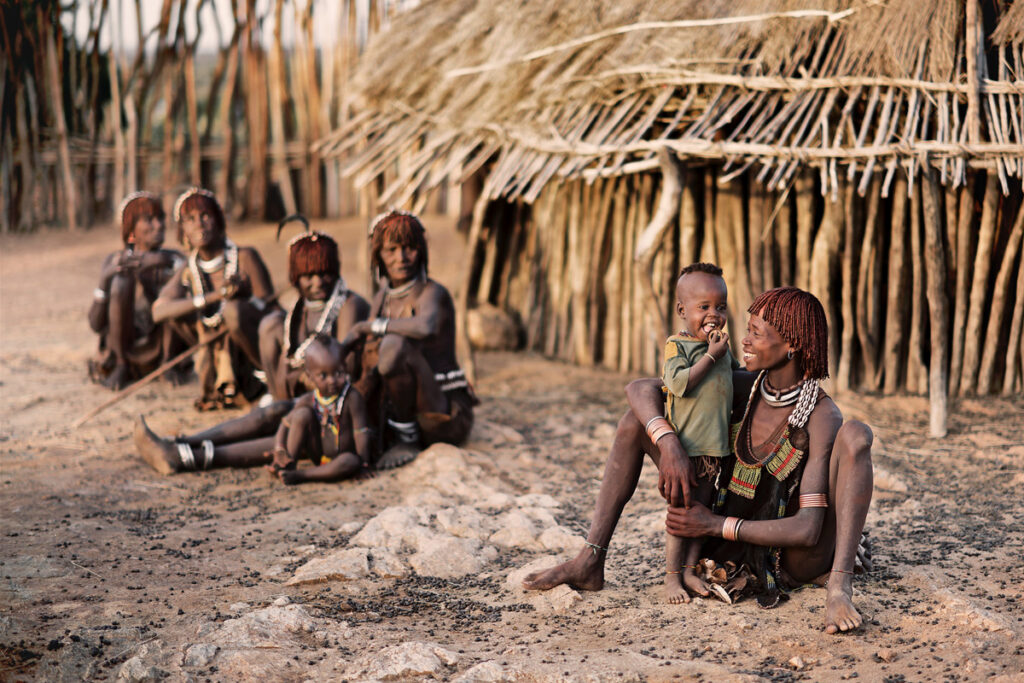
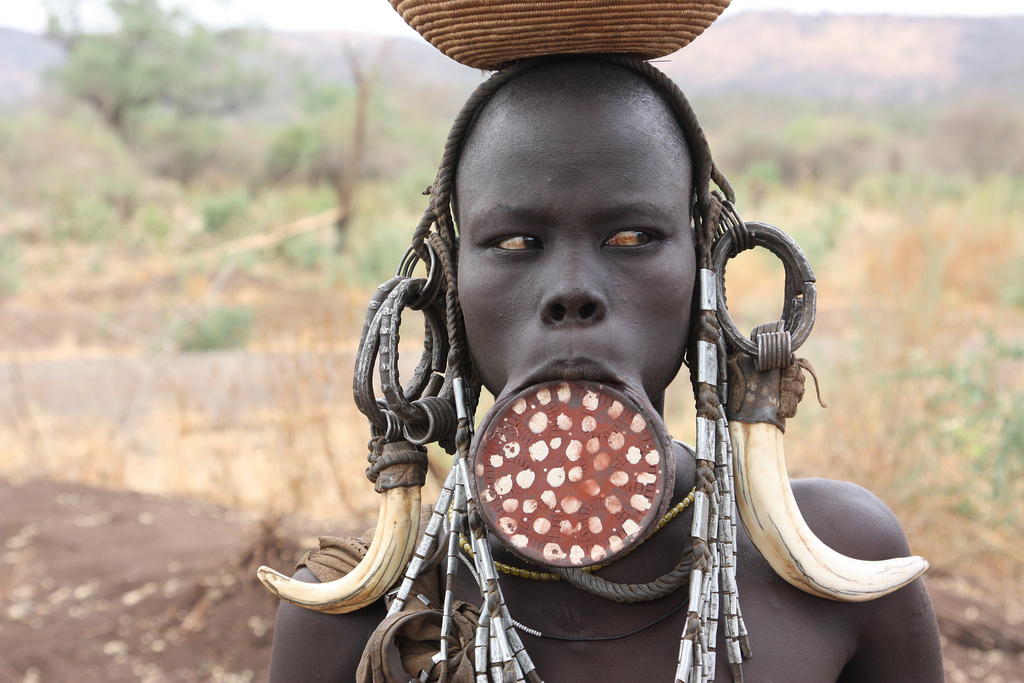
Mursi Tribe
The Mursi are among the most photographed and talked-about tribes in the Omo Valley. Located in the Mago National Park, they are famous for the large clay lip plates worn by the women, symbolizing beauty and social status. Men are recognized for their body scarification and warrior culture. While the lip plates often catch tourists’ attention, the Mursi’s traditions are far richer than appearance alone. They practice pastoralism and have a unique set of cultural values that continue to survive in isolation, maintaining a way of life that has remained relatively unchanged for generations.
Karo Tribe
Living along the eastern banks of the Omo River, the Karo are a small but visually striking tribe. They are known for their exquisite body painting using natural white chalk and red ochre, which they apply in intricate patterns for ceremonial and festive occasions. Unlike other larger tribes, the Karo focus less on cattle and more on agriculture and fishing. Their small population and artistic traditions give visitors an intimate glimpse into an endangered way of life that is both peaceful and highly expressive.
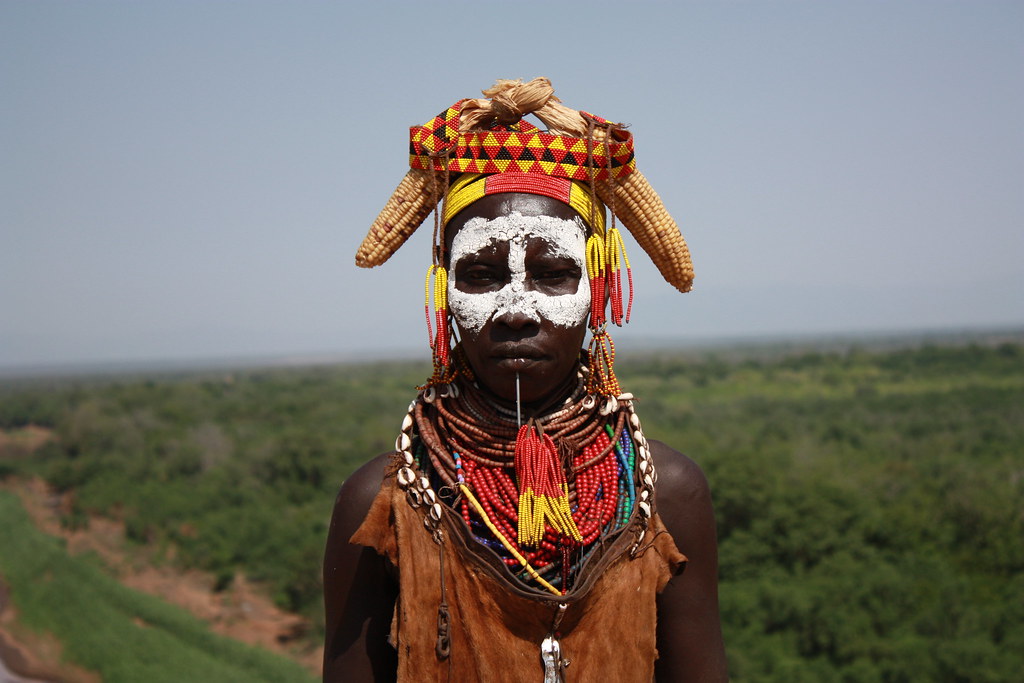
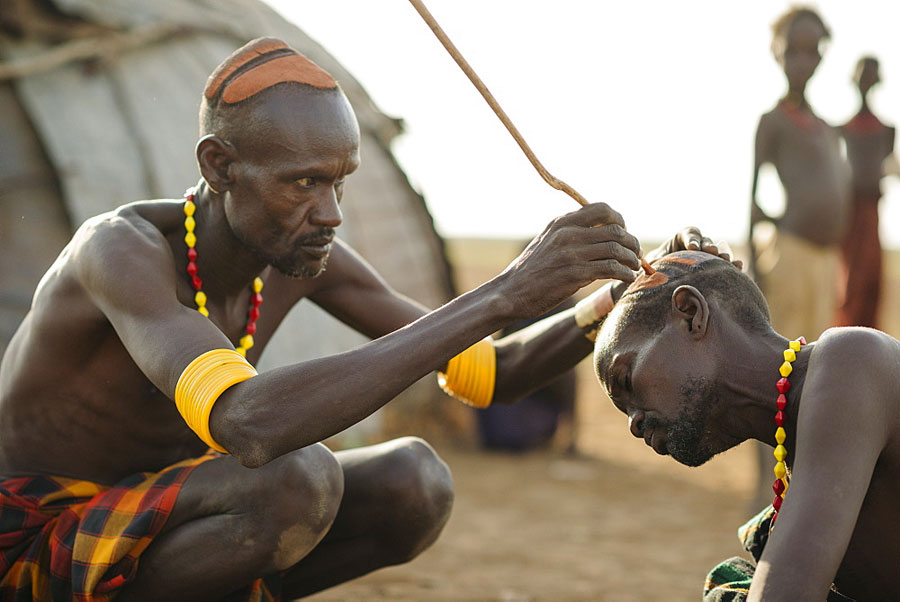
Dassanech Tribe
The Mursi are among the most photographed and talked-about tribes in the Omo Valley. Located in the Mago National Park, they are famous for the large clay lip plates worn by the women, symbolizing beauty and social status. Men are recognized for their body scarification and warrior culture. While the lip plates often catch tourists’ attention, the Mursi’s traditions are far richer than appearance alone. They practice pastoralism and have a unique set of cultural values that continue to survive in isolation, maintaining a way of life that has remained relatively unchanged for generations.
Banna Tribe
Closely related to the Hamar, the Banna people are semi-nomadic and live in the highlands between Jinka and Turmi. Like their Hamar relatives, they are known for body decorations, traditional clothing, and ceremonial customs. They regularly visit nearby market towns, giving travelers opportunities to engage with them more casually. Banna villages are often surrounded by scenic landscapes, making them a perfect stop for visitors interested in both cultural immersion and photography.
